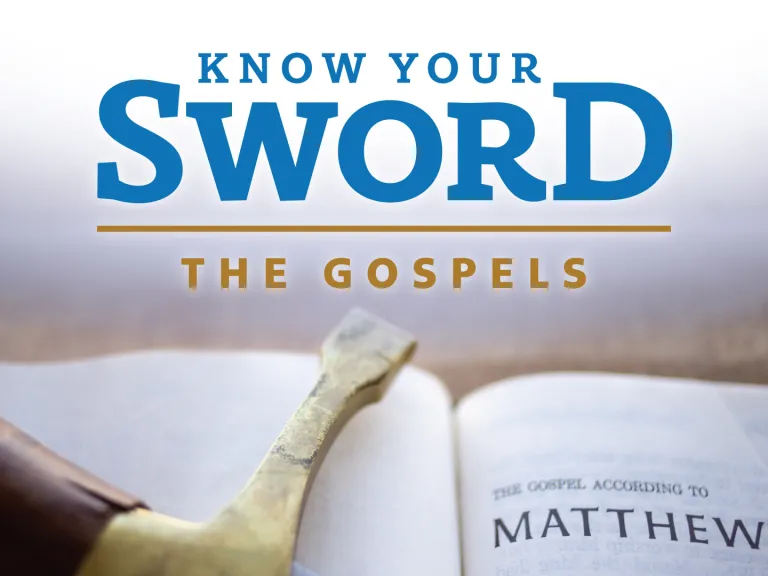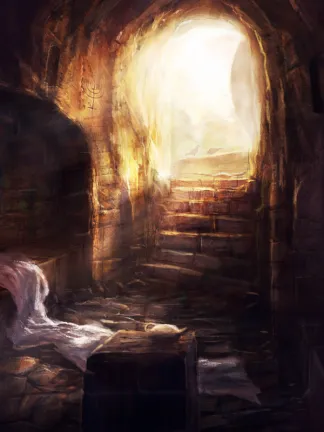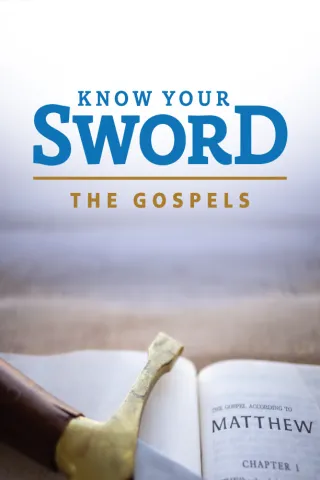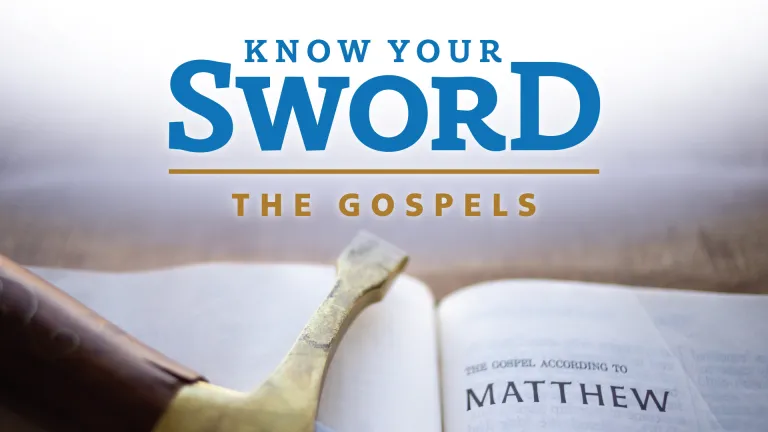
Gospels Part 023
Table of Contents
Do we have valid historical evidence that Jesus Christ was indeed resurrected from the tomb? In the last lesson we examined two proofs that this was the case. In today’s lesson we’ll look at two more.
Pharisees and priests converted
Luke records in the book of Acts that there were “Pharisees who believed” and that “a great many of the priests” became part of the early Church (Acts 15:5; Acts 6:7).
Luke was a meticulous historian. He opens his Gospel with reference to eyewitnesses and an expressed intent to present an orderly account to prove the certainty of what he’s writing about (see Luke 1:1-4). And the accounts in his Gospel and Acts have proven historically accurate—even down to the finest details of where cities were located on the map, the depth of the sea at various points and the correct names of towns and officials that have been long forgotten.
So why lie about converts to Christianity when he’s so careful about accuracy in other minor details? Particularly in this case, where exposure would have been devastating? Everyone would have known that Luke was lying if there were not significant converts from the ranks of the Pharisees and priests. And the priests and Pharisees would have proclaimed far and wide that none or very few of them embraced Christianity—that here was more proof of it being a fraud!
More reasonable is that Luke was reporting accurately—which means many Pharisees and priests were convinced Jesus was resurrected.

Hush money for the empty tomb
The tomb of Jesus really must have been empty. It became widely known in the region of Judea. Matthew 28:11-15 states:
“Behold, some of the guard came into the city and reported to the chief priests all the things that had happened. When they had assembled with the elders and consulted together, they gave a large sum of money to the soldiers, saying, ‘Tell them, “His disciples came at night and stole Him away while we slept.” And if this comes to the governor’s ears, we will appease him and make you secure.’ So they took the money and did as they were instructed; and this saying is commonly reported among the Jews until this day.”
So, Matthew’s readers already knew this story of the empty tomb and the bribery. If he were making up the story, it would have been easy to discredit by showing that people had not heard of this. But they had. They were aware that Jesus’ body was gone even though it had been closely guarded.
And if the disciples really did steal the body, how did they get past the men guarding the tomb? These would not have been sleeping on the job, as that was a capital offense. That’s why the Jewish authorities had to pay off the guards and promise to keep them from getting in trouble and executed.
The site of Jesus’ tomb was known to Christians, Jews and Romans, so it could easily have been checked by local skeptics. In fact, nobody—not even the Roman authorities or Jewish leaders—ever claimed that the tomb still contained Jesus’ body. Instead, they were forced to invent the absurd story of the disciples stealing the body from a guarded tomb—a story not even the most skeptical critic now believes.
© Scott Ashley, 2025. All rights reserved.





